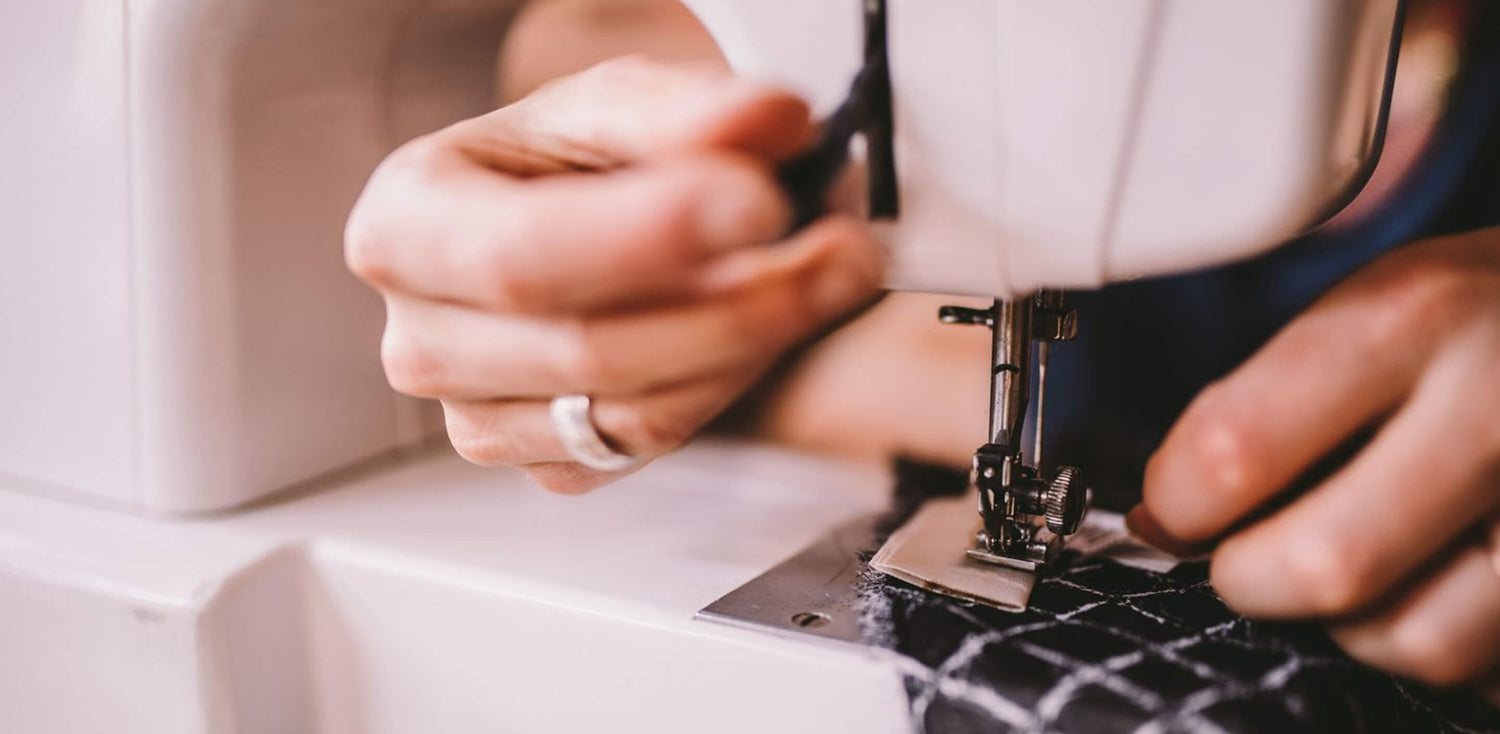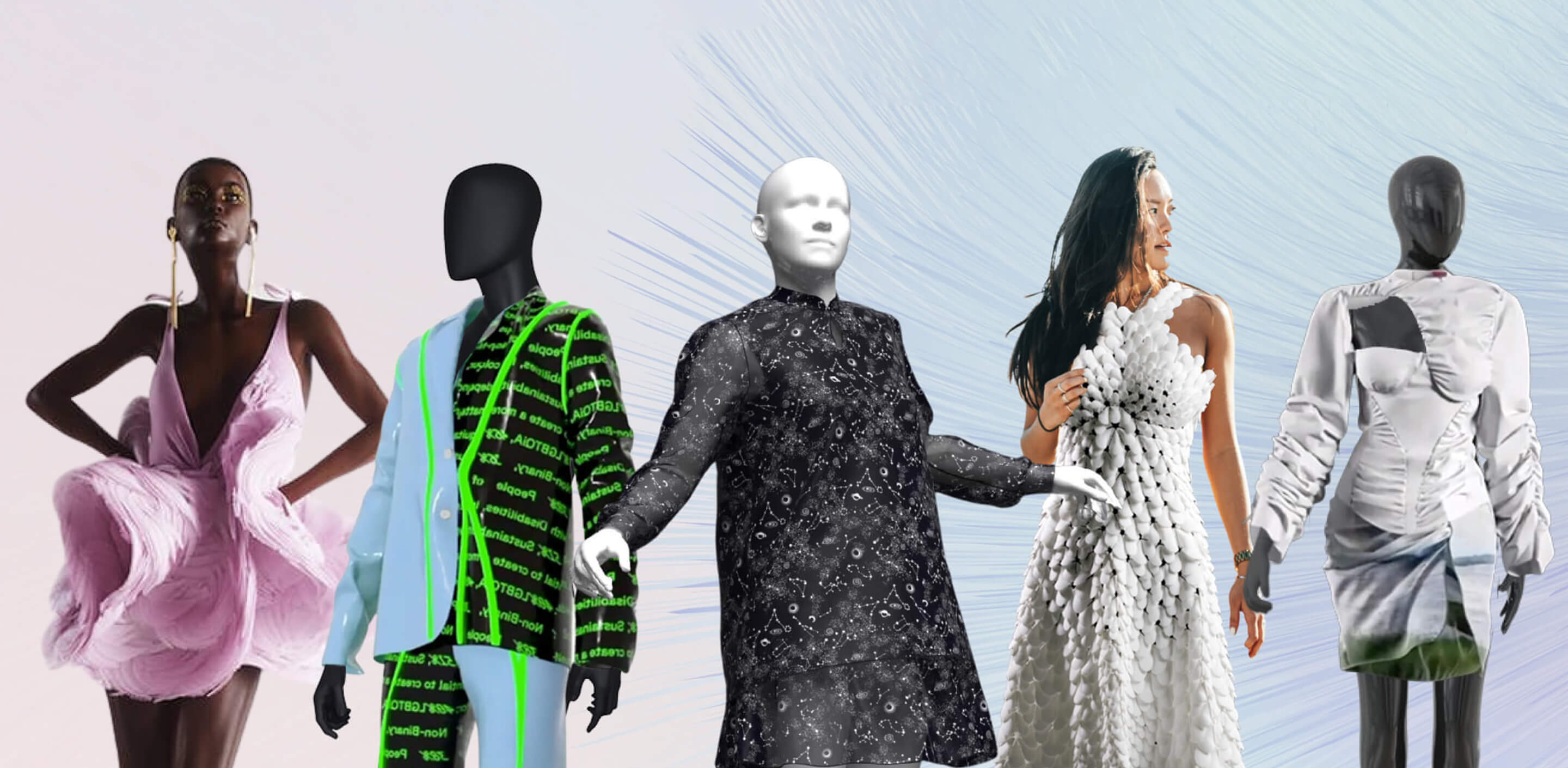There are several avenues a dress may take, from haute couture to ready-to-wear, from casual T-shirt dresses to on-trend evening gowns. Even more so if you're a newcomer to the fashion design industry and finding all this information to be somewhat daunting. Thankfully, we are here to assist you. This is the one and only resource you'll ever need to create the dress of your dreams.
A require preparation before designing dress

Just as it's important to master the basics before attempting anything more challenging, fashion designers should familiarise themselves with a variety of typical dress codes before trying to create their own. Knowing the various styles of dresses and the fabrics they are made from can help you immensely when designing your own dress or line of dresses.
Understanding the history and terminology of fashion may help you build a unique collection of garments. Similarly, familiarity with textiles can aid in providing form, structure, and cohesion to your fashion ideas. A basic primer on several well-liked dress styles and materials is provided here.
- The A-line dress: It is the quintessential feminine garment; it has an empire waist and flares out from there in an A-shape to the knees.
- The maxi dress: It is a long, flowy garment that often falls to the ground (or even lower) than the wearer's ankles. One may wear a maxi dress to a formal or informal event.
- Dresses with flared skirts, sleeves, or necklines are known as peplums, and this style is both flirty and appropriate for the office.
- Sheath Dresses: These are a timeless wardrobe staple due to its figure-flattering sheath style, which is often waist-cincher but not always. Sleeve length ranges from long to short to cap to sleeveless, with or without a collar, but always covering at least some of the shoulders.
- Shift dresses are characterised by a horizontal seam that extends from the top of the shoulder to the bottom of the skirt, giving a boxy silhouette. It's hard to imagine the 1960s without the ubiquitous shift dress.
- Skater dresses: They are an informal variation on the A-line dress with a full skirt; the design was first inspired by figure skaters.
- T-shirt dresses: These are literally just an enlarged T-shirt that has been made into a dress.
- The front of a wrap dress is closed by wrapping the fabric around the wearer's body from one side to the other. This cut makes a V at the neck and highlights the curves of a woman's hourglass figure.
Popular fabric for dresses

- Chiffon: The gauzy, transparent chiffon fabric is commonly used for formal dresses, wedding gowns, and other special occasions.
- Crepe: A fabric with a distinctive crinkled texture, crepe can be made from wool, silk, or even synthetic fibres. Its traditional origin was in black dresses for mourning attire, but now it is commonly used in evening dresses and formal wear.
- Linen: Flax is woven into a lightweight, breathable natural fibre known as linen. A lot of women wear dresses made of this material during the warmer months.
- Silk: Silk, a fabric originating in China, is a natural fibre spun from the cocoons of the mulberry silkworm. It's used for a wide range of fashions due to its unique shine. Satin is a synthetic and cheaper alternative to silk.
Let's get started

Having established some dress designer terminology, you may now proceed with creating your garments. The steps involved in designing a dress include conceptualization, sketching, fabric sourcing, pattern making (or locating a pattern maker), pattern grading (if multiple sizes of the dress will be made), and sample production. All of these processes are crucial to your success as a dressmaker, from concept to final garment.
Creative direction

Start with the artistic tone and direction to design the right clothing line. Just try to put yourself in the shoes of the people who will be purchasing your creations. This person represents your ideal client.
Beyond their wardrobe choices, what else do you know about these ladies? Do they work in an office and need clothes that fit the dress code? Comfort-oriented athletes and fitness buffs? Or do they care more about what's in style now?
Mood boards are a crucial aspect of any innovative process. You may use free online tools like Pinterest, Canva, or Milanote to build a mood board, or you can gather a range of materials (magazine clippings, fabric samples, and motivating photos, for example) and make a real one. Mood boards are visual aids that may be used to assist narrow down your dress design ideas and decide on a certain aesthetic, colour scheme, and silhouette.
Sketching

As you begin to sketch up your outfit, consider the colours, forms, and fabrics you'd want to work with. Think about the customer's body type in addition to how you want the fabric to drape (or cling).
Fashion design drawings may be made using a variety of resources. Drawing may be done in a variety of ways, including the more conventional ones using pencil and paper, paint, markers, or coloured pencils, as well as digital methods involving applications like Adobe Illustrator. Sketches for many fashion dress designers are made on iPads with the help of the Procreate software and an Apple Pencil. Use your mood boards as a jumping off point, and let your imagination run wild with ideas.
Sourcing textile

Fabrics play a key role in the creation of every outfit. Your dress designs are really well-executed, and I attribute much of their success to the careful consideration you put into selecting fabrics that add to their overall colour, texture, and structure.
The colours you choose for your clothing line say a lot about the vibe you're going for. Navy blue, as a neutral, can serve as an outfit's foundation, while scarlet is a daring accent colour. Explore your community's fabric and hobby shops for sample fabrics that work with your dress idea.
The fabrics you choose for your dress will depend heavily on your budget. Unique haute couture gowns require more expensive materials like silk, tulle, chiffon, and lace. Conversely, if you want to design casual dresses, you should probably use lighter fabrics.
You may want to think about using cheaper fabrics that can be purchased in bulk if you plan on mass producing your designs for ready-to-wear or retail.
Use the term "target consumer" once more. They will dictate not just the materials used but also the price point and colour scheme.
Pattern making

You'll be teaming up with a pattern maker in this next stage of the creative process to get your dress ideas turned into actual patterns. In sewing, a pattern is the blueprint for the garment, out of which individual components may be cut and sewed. Think of the pattern as the blueprint for your tailor and starting point for your design.
Depending on the dress designs you have in mind, you may need to take the fabrics you've selected and drape them with your pattern maker to help them grasp the structure and tailoring you have in mind. This will allow them to create reproducible patterns that look just like your idea.
Sample clothing

When you are satisfied with your patterns, send them to your sample manufacturer so that your dress designs may be made. These basic prototypes will be revised several times before they are fully realised.
If you want to sell the dresses in a shop or on the internet, you may do so after you have a few samples to show to prospective merchants. The garments may be worn by models in a fashion show or magazine shoot.
With these steps you can become a confident and independent dress designer.
FAQ
How to create digital clothing?
Pixels are used in place of fabric in the creation of digital apparel, which is then rendered in 3D. Yet not every facet of online style is an exact replica of its real counterpart.What are the 4 basic design rules?
Comparison, repetition, alignment, and closeness are the four pillars of good design in graphics (C.R.A.P.). Sharpening one's focus using contrast. To create contrast, you may play with things like colour, grayscale, size, visual weight, and so on.
We also happen to be a magnet for suggestions, and would love to catch yours….throw us yours on hello@fabriclore.com




